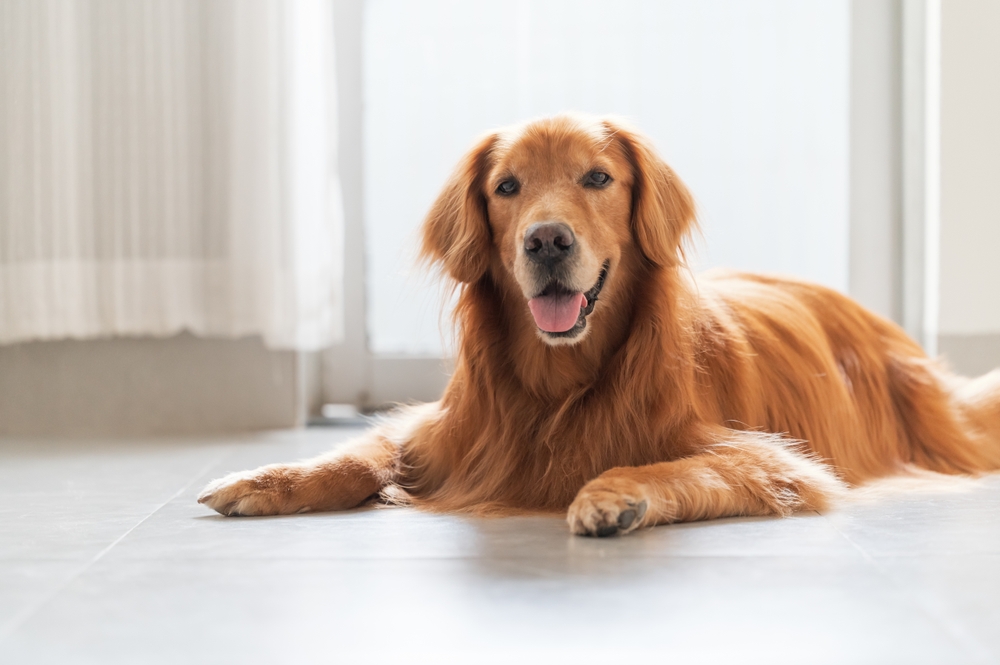Oakland Veterinary Referral Services Blog
Pet Vaccination FAQs
Vaccinations provide an effective way to keep your pets from getting easily-preventable diseases, and potentially help them live longer. There are many misconceptions about vaccines that make some pet owners question whether or not to get them for their animals. These preventive tools are safe to use and come with a high success rate. If you are still trying to determine if it’s the best option for your pet, here are answers to some frequently asked pet vaccination questions:

Collaborative Team-Based Pet Care Is Better
At Oakland Veterinary Referral Services, we are home to more than twenty board-certified veterinary specialists and emergency veterinarians. As veterinary medicine has become more specialized and departmentalized, our doctors and staff work collaboratively across departments to give your pets the best care. Not only do we collaborate within the hospital, but we also work closely with you and your regular veterinarian to ensure everyone is on the same page about your pet’s treatment. Keep reading to find out why we think a collaborative team-based pet care approach is the best option for your pet’s health and wellness:
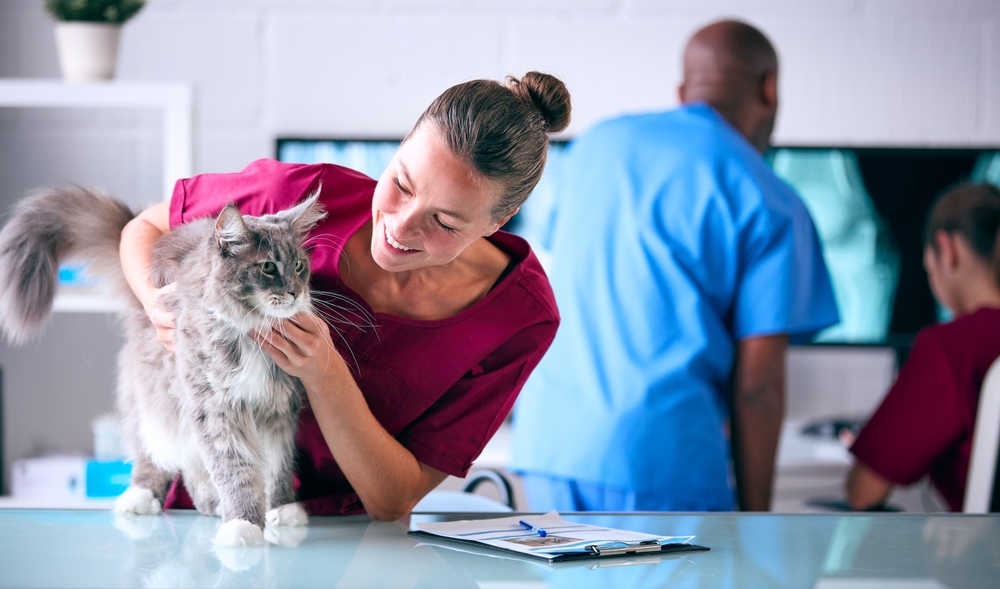
Average Dog Lifespan
In a perfect world, our dogs would live forever. The truest of companions, dogs add so much love, joy, laughter, and acceptance to a person’s life. Whether you are considering getting your first dog or are thinking of adopting a new breed, or making health decisions for an existing dog, knowing an average dog lifespan for various types of dogs can help you choose wisely.
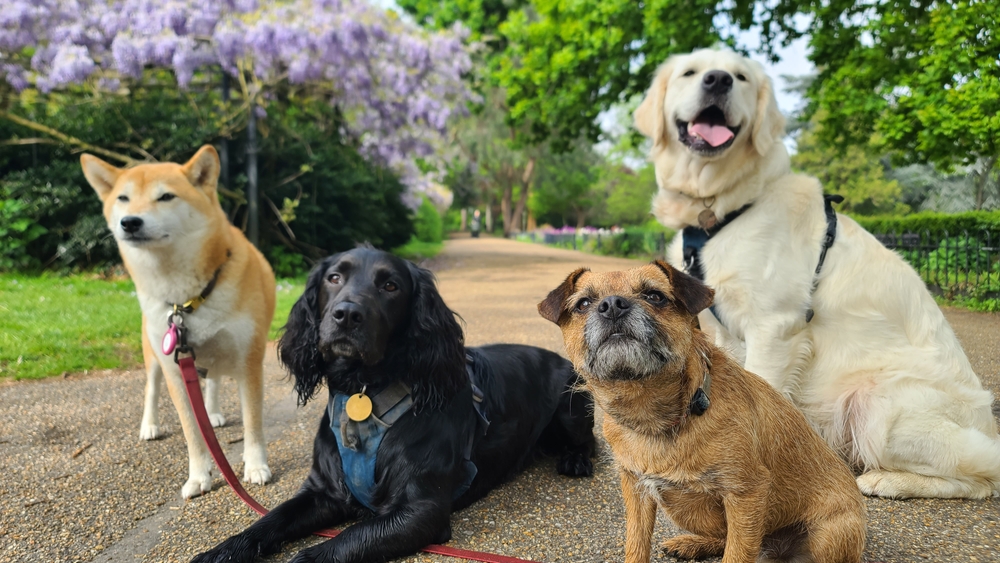
Beacon: Olympic Gymnastics Team Emotional Support Dog
Any pet owner knows how much peace an animal’s presence can provide. Therapy animals provide unmatched support for people going through hard times. For the Paris Olympics, the U.S. women’s gymnastics team found emotional support from with Beacon, a golden retriever who was a key factor in their first place finish.

Managing Chronic Disease in Pets
Illnesses that last at least three months and might progressively worsen over time are known as chronic diseases. Unfortunately, these long-lasting diseases can reduce the quality of life for our pet friends. If you have a pet with a chronic illness, he or she will need a little bit of extra attention to lessen symptoms and live more comfortably. These tips will help with managing chronic disease in pets:
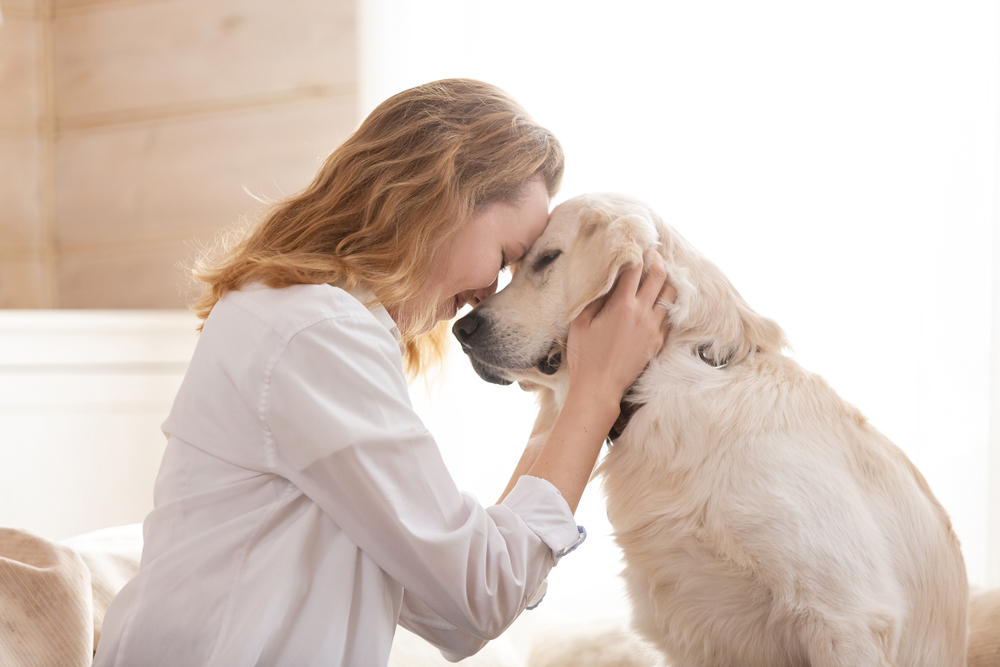
Pregnancy in Dogs and Cats
The reproductive system of a female animal is much different than that of a human woman. Learning about pregnancy in dogs and cats can help you spot when your own pet might be expecting, and how to help them through their pregnancy.
The team at Oakland Veterinary Referral Services is here to guide you through pregnancy in dogs and cats to encourage healthy births.
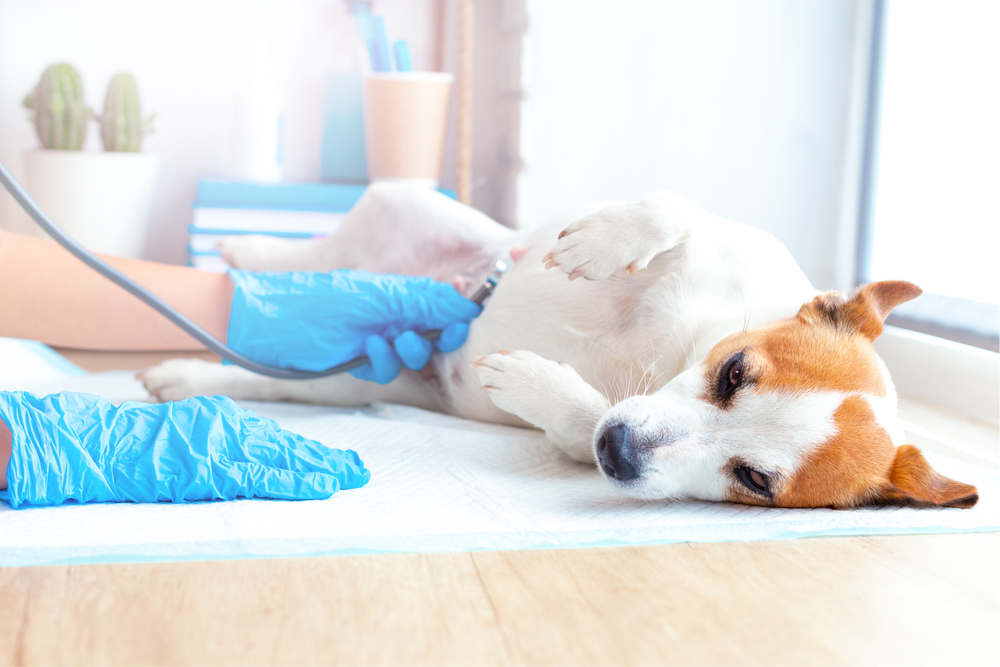
5 Tips for Successfully Fostering a Pet
People who foster pets are true heroes who help animals in need get love and care while waiting for their forever home. Fostering a pet frees up important shelter space and provides a safe and enriching environment for pets who need extra help on their journeys. If you are considering becoming a foster parent, these tips can help you do it successfully:
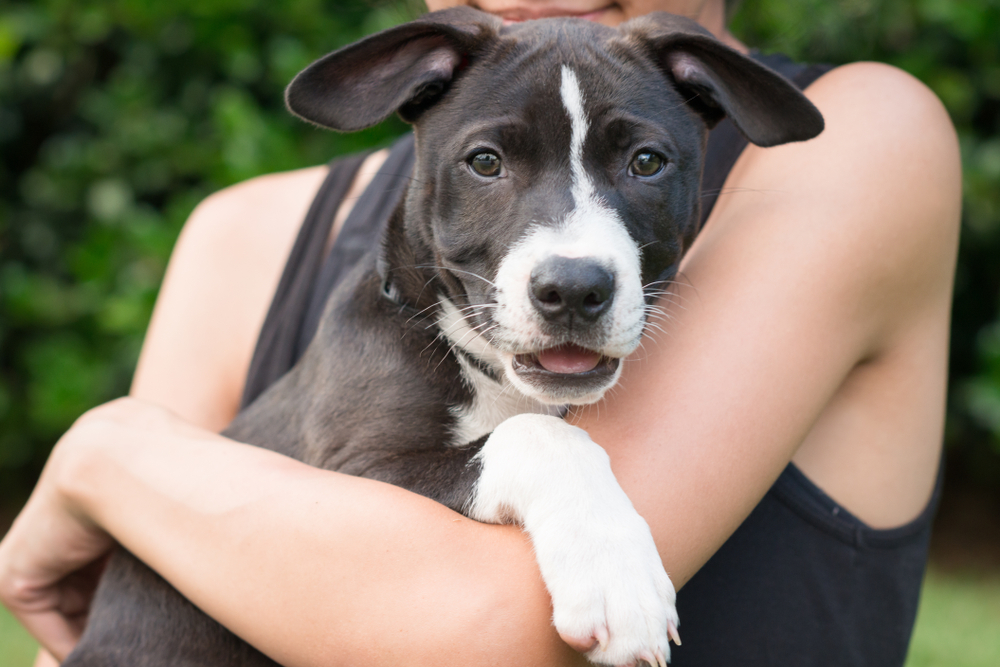
4 Recipes for Healthy Homemade Cat Treats
Cats love treats almost as much as we love cats. You might want to consider making your own if you don’t want to feed your kitty store-bought treats filled with questionable ingredients. Try out these recipes for healthy homemade cat treats to treat your kitty in a nutritious and delicious way:
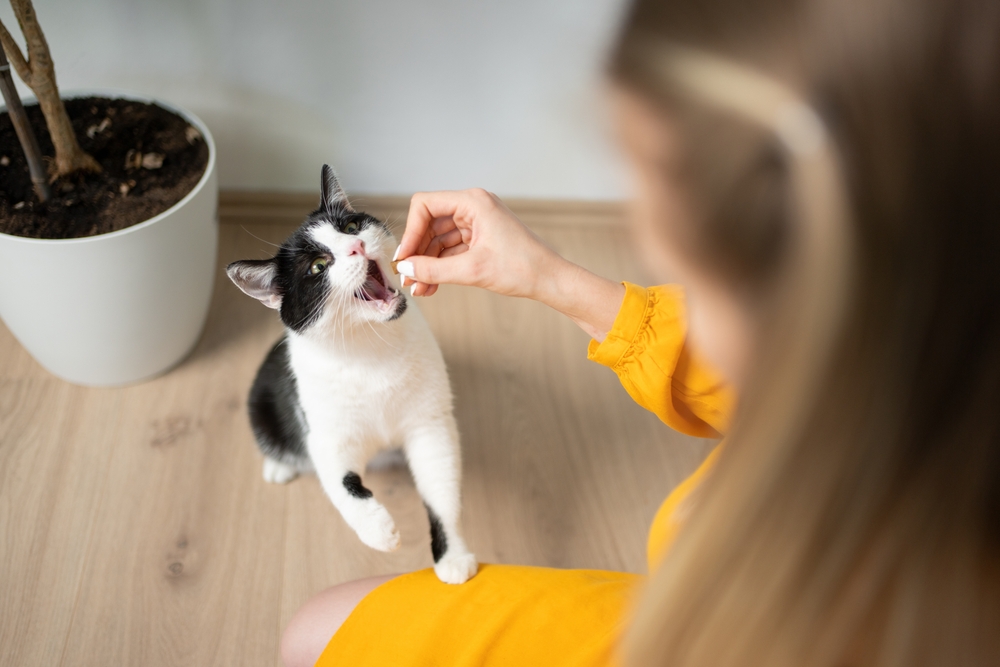
Pancreatitis and Summer Parties
Summer is perfect for outdoor parties, grilling, and sampling delicious food. However, pets can become seriously ill with pancreatitis after eating many common barbecue foods at summer parties. With some attention and effort, you can prevent pancreatitis this summer.

Veterinary Oncology: New Treatments & Research for Treating Pet Cancer
The field of veterinary oncology is constantly advancing with new ways to help pets with cancer. These advancements mean that a cancer diagnosis for a pet does not have to be as scary as it once was. At Oakland Veterinary Referral Services, we are committed to staying up-to-date on advancements in veterinary oncology, including the following new treatments and research:
